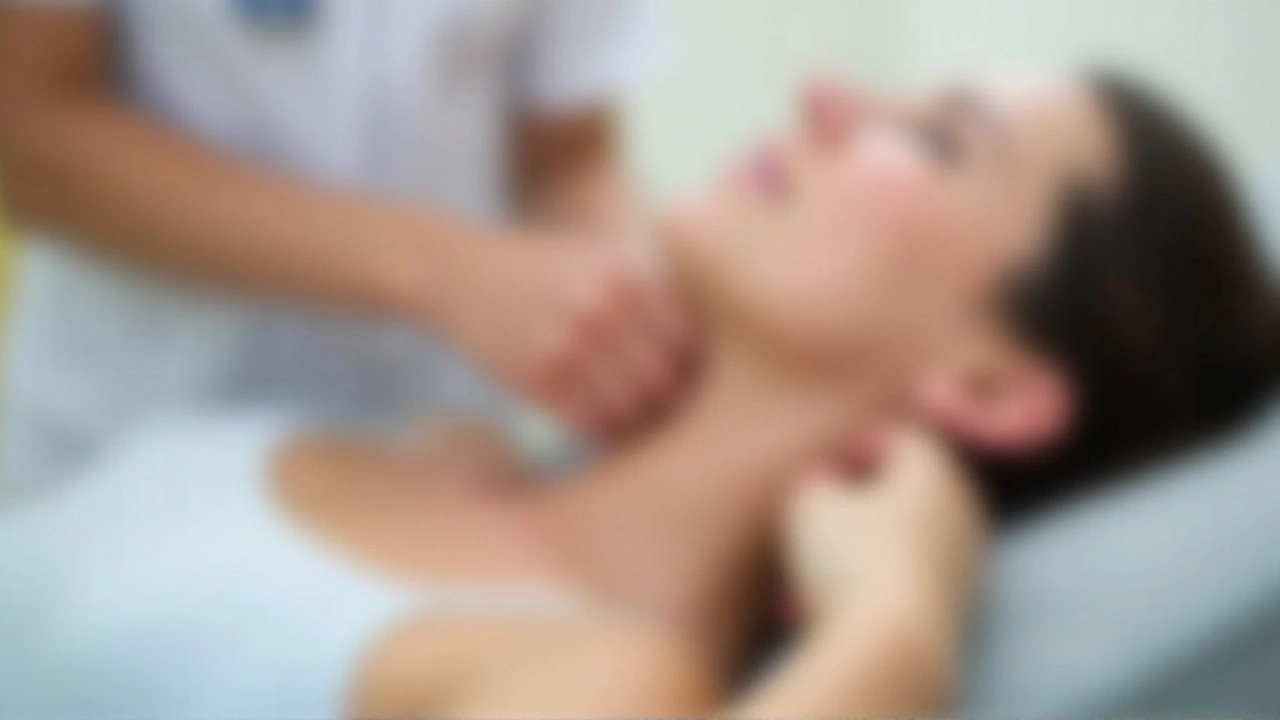Hypothyroidism: Practical Guide to Symptoms, Tests & Treatment
Feeling tired, cold, or slow lately? Those can be signs of hypothyroidism — when your thyroid doesn’t make enough hormones. This short guide explains what to watch for, how doctors test for it, common treatments, and simple everyday tips to feel better and stay safe.
Common symptoms and causes
Symptoms can show up slowly: fatigue, weight gain, feeling cold, dry skin, hair loss, constipation, slow heart rate, and low mood are typical. Women may notice heavier or irregular periods. In older adults symptoms can be subtle, like confusion or slowed thinking.
Most cases in developed countries come from Hashimoto’s thyroiditis, an autoimmune attack on the gland. Other causes include iodine deficiency, thyroid surgery, radioactive iodine treatment, certain medicines, or pituitary problems (secondary hypothyroidism). Rarely, babies are born with low thyroid function — newborn screening catches most of those.
Treatment, medication and daily tips
Treatment is usually a daily pill called levothyroxine (synthetic T4). It replaces the missing hormone and is very effective when the dose is right. Your doctor will start a dose based on your age, weight, heart health, and blood tests.
How doctors check progress: they measure TSH and sometimes free T4. After starting or changing a dose, labs are usually repeated in 6–8 weeks until levels are stable. Many people aim for a TSH in the low-normal range, but your doctor will set the best target for you.
Medication tips that matter: take levothyroxine on an empty stomach — 30–60 minutes before breakfast or at least 3–4 hours after dinner if taken at bedtime. Iron, calcium, antacids, and some supplements or foods (soy, high-fiber meals) can reduce absorption. If you start or stop those, tell your clinician — your dose might need adjusting.
Pregnancy changes thyroid needs — doses often increase. If you’re pregnant or planning pregnancy, get tested and stay in touch with your provider. Don’t stop medication without advice; sudden withdrawal can make symptoms worse.
Simple daily steps help: eat a balanced diet, avoid extreme iodine changes, keep a steady schedule for your meds, move regularly to manage weight and energy, and aim for consistent sleep. Track symptoms and lab results so you and your doctor can spot trends.
Red flags: seek urgent care if you have severe weakness, confusion, very low body temperature, breathing problems, or chest pain. Those can be signs of a serious state called myxedema.
If you want practical articles, medication tips, or help understanding tests, search PharmNet or contact your healthcare team. Managing hypothyroidism usually becomes straightforward once you get the right dose and follow up regularly.

